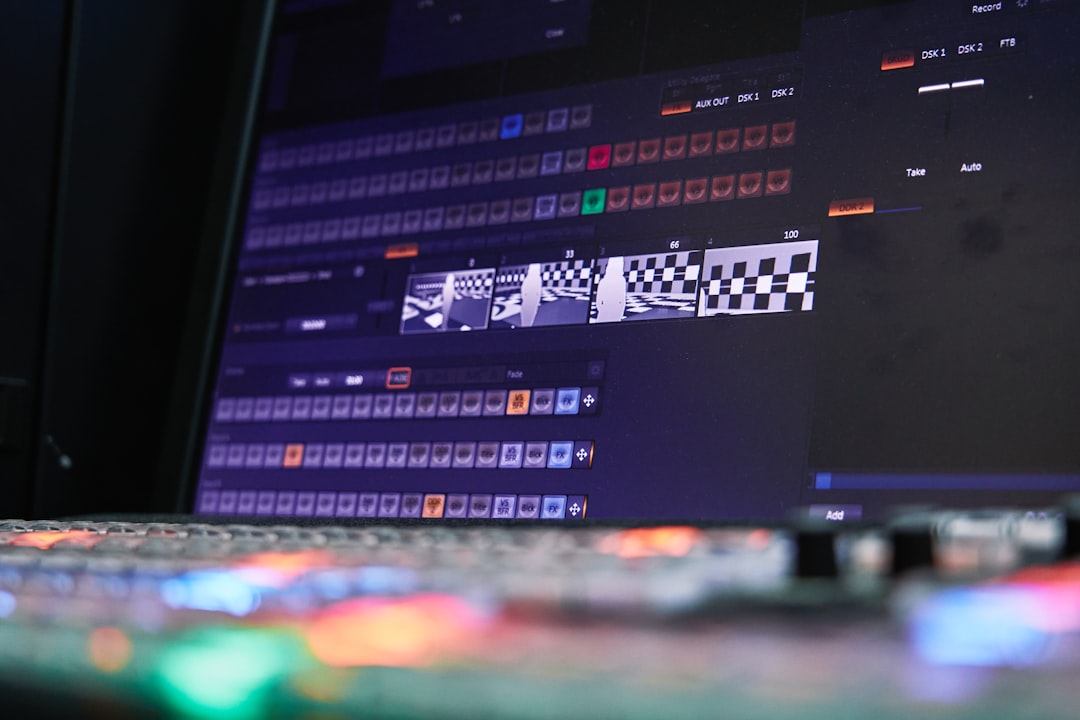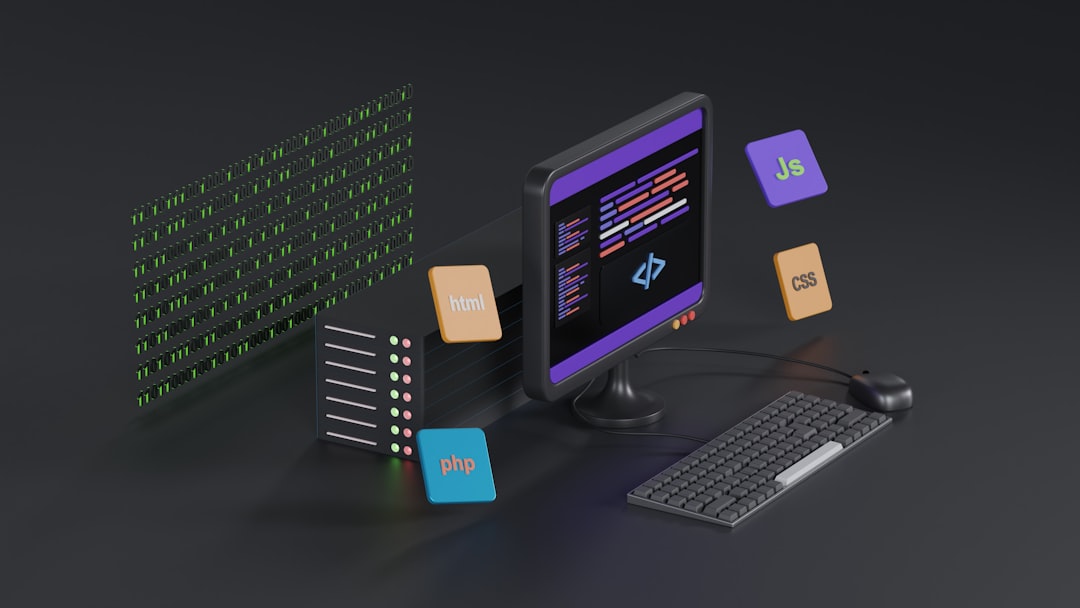The evolution of video coding has been one of the most critical factors in the proliferation of digital media, streaming platforms, and communication technologies. Over the decades, video compression techniques have evolved from simple motion estimation and block-based coding to highly sophisticated algorithms that leverage complex transforms and prediction models. As we step into the next frontier of technology, artificial intelligence (AI) and machine learning (ML) are poised to redefine how video is encoded, transmitted, and rendered.
The Shift Towards Intelligent Video Coding
Traditional video coding methods like H.264/AVC, HEVC, and the newer VVC (Versatile Video Coding) have pushed the boundaries of compression efficiency. However, these standards rely heavily on rule-based, handcrafted models that may not fully exploit the vast and complex data patterns present in modern video content. This is where AI and ML come into play.
Machine learning models can learn intricate patterns and adapt algorithms in real-time, enabling more efficient and context-aware compression schemes. By training on massive datasets of video content, neural networks can make predictive adjustments and optimize bit allocation far beyond the capabilities of static rule-based systems.

AI-Driven Enhancements in Video Coding
Several key areas in video coding are receiving AI-based upgrades, accelerating the performance and potential of codecs:
- Motion Estimation: Deep learning models can predict motion vectors with higher precision, significantly improving inter-frame prediction and reducing redundant data.
- Rate-Distortion Optimization: Reinforcement learning techniques are utilized to fine-tune trade-offs between quality and bitrate in a more intelligent and adaptive manner.
- In-loop Filtering: Neural networks can effectively reduce artifacts such as blocking and ringing, improving subjective and objective video quality.
- End-to-End Compression: Some AI research focuses on building entire compression pipelines driven by neural networks, replacing traditional coding blocks with learned modules.
Edge AI and Real-Time Video Coding
Another exciting dimension is the application of AI in real-time and edge environments. Devices like smartphones, smart cameras, and IoT applications increasingly require low-latency video transmission with high compression efficiency. AI-powered codecs can analyze the content type (e.g., sports, interviews, animations) and adapt compression strategies to suit the needs of the application.
Companies are also exploring federated learning to train models collectively across distributed edge devices while protecting user privacy. This opens up possibilities for real-time codecs that get smarter over time by learning from contextual video usage patterns.
Integration with AV1 and Other Emerging Standards
Modern codecs such as AV1 are already incorporating elements of AI and ML into their frameworks. Though AV1 itself isn’t a fully neural-driven codec, it sets the stage for AI integration through increased modularity and software flexibility. Organizations like the Alliance for Open Media (AOMedia) have hinted at further embracing neural tools in the development of future codecs beyond AV1.
Additionally, the Neural Network Video Coding (NNVC) framework proposed by the ITU is a glimpse into fully AI-based compression systems, showcasing prototypes that outperform traditional codecs in both performance and efficiency.

AI-Powered Video Enhancement and Post-Processing
AI’s role doesn’t stop at coding. It also significantly enhances post-processing tasks such as:
- Super-Resolution: AI can upscale lower-resolution content into high-definition streams while minimizing distortions.
- Color Correction and HDR: Neural networks improve automatic color grading, contrast, and dynamic range optimization.
- Noise Reduction: Deep neural networks can identify and eliminate background noise or visual artifacts in real-time.
These enhancements are especially critical for streaming platforms, where ensuring high perceptual quality while minimizing bandwidth usage is key to maintaining user satisfaction and reducing operational costs.
Challenges and Future Outlook
Despite the immense promise, the adoption of AI-based video coding technologies is not without its challenges. These include:
- Computational Cost: Neural networks can require substantial processing power, which may be prohibitive for low-powered devices.
- Standardization: The fast-paced growth of AI technologies poses a challenge for global standards bodies to regulate and harmonize codec evolution.
- Latency: Complex models might introduce encoding/decoding delays, which can hinder real-time applications like gaming and videoconferencing.
However, innovation in hardware acceleration (such as AI-specific chips and GPUs), model optimization techniques (pruning, quantization), and smart encoding decision trees are helping overcome these barriers. It’s clear that AI will play a central role in at least augmenting, if not eventually replacing, traditional video coding architectures in certain domains.
The long-term future points toward proactive, intelligent video ecosystems. Imagine a scenario where machine learning models not only compress content but also predict user preferences and adjust visual quality accordingly, in real time. This integration of perceptual modeling with codec logic opens up new frontiers in entertainment, communication, and digital interaction.

Conclusion
As video content continues to dominate internet traffic and user engagement worldwide, the need for smarter, more efficient compression and delivery mechanisms becomes paramount. AI and machine learning offer revolutionary tools to not only meet but redefine these demands. From improving encoding efficiency to enabling adaptive streaming experiences, the fusion of AI with video coding is not just an incremental step—it is a paradigm shift.
While there are hurdles to overcome, the convergence of intelligent algorithms, powerful hardware, and global collaboration points to a future where video compression is as dynamic and intelligent as the content it seeks to deliver.
Frequently Asked Questions (FAQ)
- What is AI-based video coding?
- AI-based video coding uses machine learning models to improve various stages of video compression, including prediction, filtering, and bitrate optimization, resulting in more efficient and adaptive codecs.
- How does AI improve video compression?
- AI analyzes content patterns better than traditional methods, allowing for smarter decision-making in encoding, reducing redundant data, and improving output quality while lowering file sizes.
- Is AI video coding ready for real-time applications?
- Yes, but with limitations. While AI-based models are powerful, their computational demands may require specialized hardware for true real-time performance, especially in high-resolution video tasks.
- Will AI replace traditional codecs?
- Not entirely, at least not soon. AI is more likely to augment conventional codecs and gradually become a central component in hybrid encoding architectures.
- Which AI technologies are used in video coding?
- Technologies include convolutional neural networks (CNNs), recurrent neural networks (RNNs), reinforcement learning, and variational autoencoders, among others.
- What are the leading organizations in AI video compression?
- Groups like AOMedia, ITU-T, IEEE, and companies such as Google, NVIDIA, and Netflix are heavily investing in neural video coding research and development.



Leave a Reply